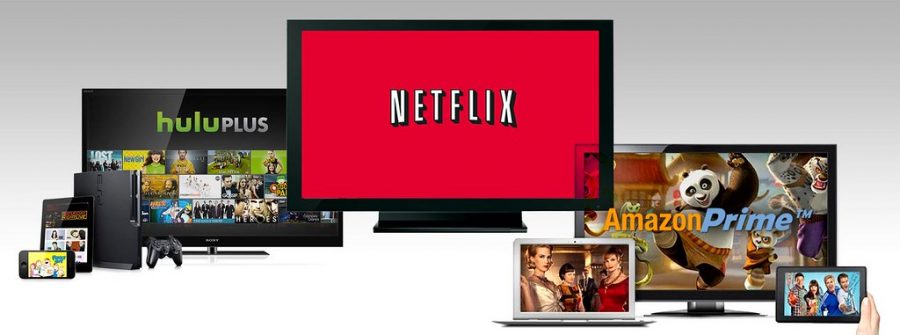The streaming war
Netflix has been a streaming service since 2007 and has become one of the most successful streaming services entrenched in American culture. However, according to the analytics, Cowen & Co., Netflix lost 1.1 million subscribers to Disney + within a month of its launch. Not only that but Apple + ,another new streaming service, has been using name recognition and big stars, winning many awards.
When Disney + came out fans from several generations were excited. From Avatar, The Simpsons, The Disney Princess Franchise and old episodes of the Proud Family there was a lot of loveable content to watch. However, on launch day, potential customers were greeted by Wreck-It Ralph and Penolope saying: Unable to connect to Disney+.
This is a problem for Disney subscribers who want a reliable network. Another
problem for Disney + is at the conclusion of The Mandolarian. People without children might unsubscribe. Though there is a promise of a second season and Marvel tv shows related to the Marvel Cinematic Universe are expected in a year. This begs the question: can nostalgia hold up for nearly a year of $6.99 a month?
Disney may have the theme parks, movies and the streaming service, however that’s not where most of their money is generated. Motley Fool, a financial advice site, reports that traditional television accounts for 6.14 billion dollars of income, generating most of the profit that the company receives. Disney + needs to be successful or a whole chunk of money will go to waste within the decade.
Apple + has recently had an executive leave two weeks after the streaming service debut. Apple needs to focus on Apple + as iPhones, which is their most profitable item has had a 15% decrease in sales and shipping according to IHS Market. While some shows like the Morning Show starring Steve Carrel and Jennifer Aniston have been raging in good reviews, other shows like Home Before Dark have gained little attraction. Unlike Netflix and Disney +, their reviews show that people are still divided.
Created in 1997 as a way to sell DVDs, Netflix has changed drastically. Becoming popular in 2016 with 93.8 million subscribers gaining 20 million from 2015. Recently, it has experienced a decline in subscribers because of the price increase, as they were expected to gain 5 million but received 2.7.
Netflix, just like Hulu, doesn’t have the luxury of having content created by the company. So they burn through enormous amounts in cash by making content and marketing them. Not to mention more and more networks are pulling their shows and movies in hopes of creating their own streaming service. For example The Office, a popular show is expected to be taken by NBC who will have a new streaming service called Peacock, by the end of 2020.
Many people subscribe to streaming services because the cost of cable is high with hundreds of shows you’re paying for but not watching. However with streaming services if you were to subscribe to all of them,with it would cost, according to the Los Angeles Times, $448.41 a month.
Considering this is out of the budget for most streaming services’ core audience, this could become a Paradox of Choice where one has so many choices that they decide to pick none of them out of being scared of picking the wrong one.
According to UTA IQ, 70 percent of consumers say that there are too many streaming services along with 87 percent who are worried it will become too expensive for them as more and more networks take off to create their own streaming service. The question that both the smaller and larger streaming services should be asking themselves is: Can we stay on top or is it time to close?
Your donation will support the student journalists of Walnut Hills High School. Your contribution will allow us to purchase equipment, cover our annual website hosting, printing costs and offset competition and conferences fees for students.








